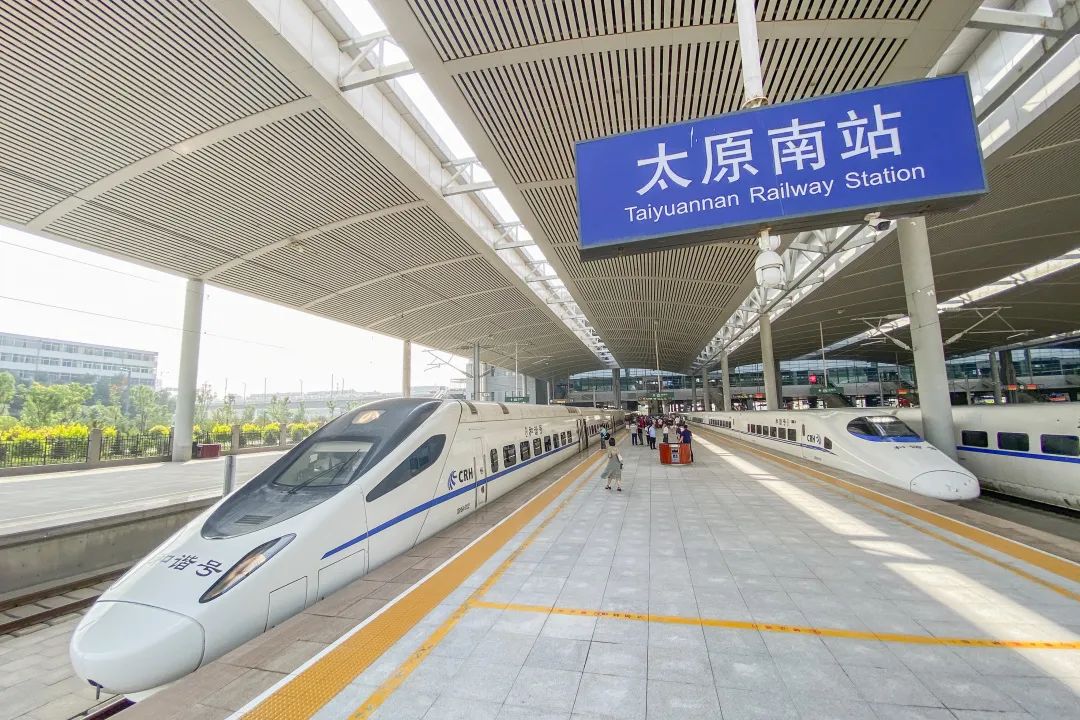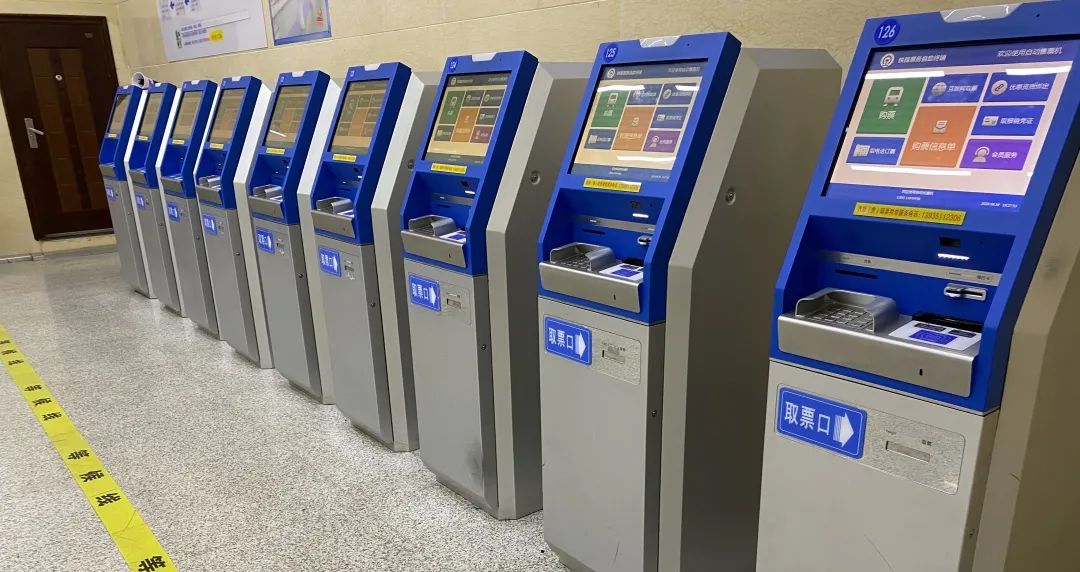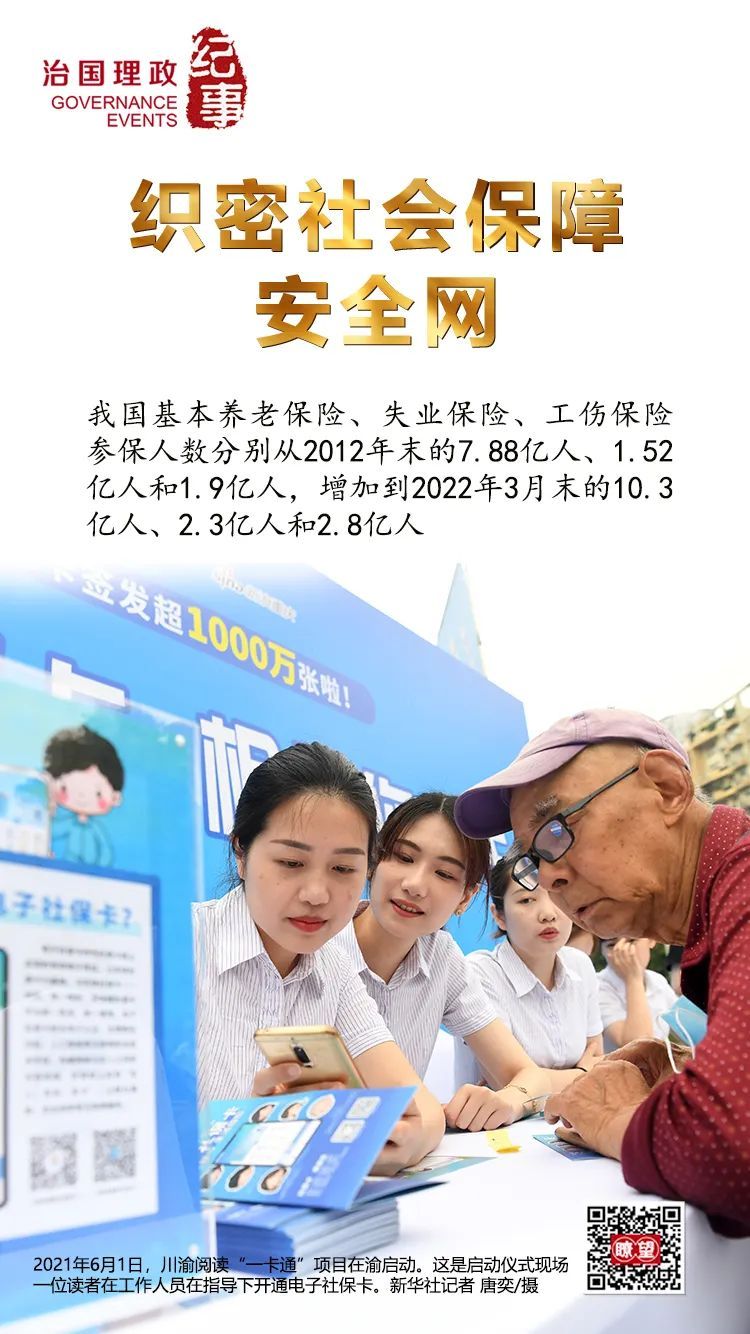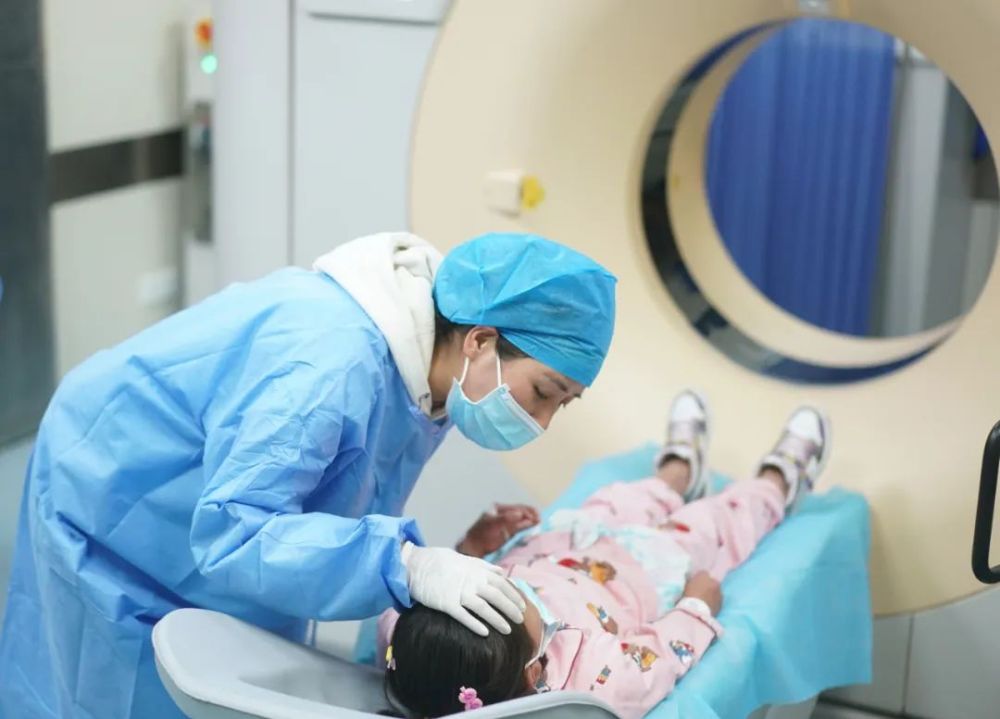Notice of Beijing Municipal People’s Government on Forwarding the Regulations of Beijing Municipality on Urban Planning
Beijing Zhengfa 1992 No.50
The people’s governments of all districts and counties, the commissions, offices and bureaus of the municipal government, the head offices and institutions of higher learning:
The Regulations of Beijing Municipality on Urban Planning adopted at the thirty-fifth meeting of the Standing Committee of the Ninth Beijing Municipal People’s Congress on July 24, 1992 are hereby forwarded to you, please implement them carefully.
August 11, 1992
Regulations of Beijing Municipality on Urban Planning
(Adopted at the 35th meeting of the Standing Committee of the Ninth Beijing Municipal People’s Congress on July 24, 1992)
Chapter I General Provisions
Article 1 These Regulations are formulated for the purpose of implementing the Urban Planning Law of People’s Republic of China (PRC) (hereinafter referred to as the Urban Planning Law), rationally formulating urban planning, strengthening urban planning management, adapting to the needs of socialist modernization and combining with the actual situation of Beijing.
Article 2 The formulation and implementation of urban planning must abide by the Urban Planning Law and these Regulations.
The scope of application of these Regulations is the administrative area of this Municipality.
Article 3 Beijing is the political and cultural center of the whole country. Beijing’s urban construction and the development of various undertakings must be based on and reflect the urban nature of Beijing.
Article 4 Beijing is a famous historical and cultural city, and urban planning and construction should reflect the history and culture of the Chinese nation, the revolutionary tradition and the characteristics and features of the capital.
Urban planning and construction should make full use of modern science and technology, absorb and learn from the civilized achievements of world urban development, and gradually build a modern city.
Article 5 The development of urban and rural economy should suit the nature and characteristics of this Municipality, adjust and optimize the industrial structure, focus on the development of high-tech industries, develop the tertiary industry, and strictly restrict industries that consume a lot of energy, use a lot of water, have a large transportation volume, occupy a large area and cause serious pollution.
Article 6 Strictly control the development scale of cities, especially urban areas, and take effective measures to promote the rational distribution of urban system and urban population.
Article 7 Urban planning must conform to the national conditions and market conditions, scientifically predict the needs of urban long-term development, and correctly handle the relationship between short-term construction and long-term development.
All urban construction undertakings must implement the policy of building the country through diligence and thrift, adhere to the principle of applicability and economy, strictly save urban land and build water-saving and energy-saving cities.
Article 8 Beijing Urban Planning Administration (hereinafter referred to as the Municipal Planning Bureau) is the competent department of urban planning administration of this Municipality.
Beijing Urban Planning and Design Institute (hereinafter referred to as the Municipal Planning Institute) is the working body of the Municipal People’s Government responsible for organizing the preparation of urban planning.
The District and County Urban Planning Administration (hereinafter referred to as the District and County Planning Bureau) is the competent department of urban planning administration of the district and county people’s governments, in charge of the urban planning work of the district and county, and is led by the Municipal Planning Bureau in business, and the planning work is guided by the Municipal Planning Institute.
Sub-district offices and town (township) people’s governments shall strengthen the management of urban planning in their respective jurisdictions, and the relevant business shall be led by the district and county planning bureaus.
Article 9 This Municipality encourages scientific and technological research on urban planning, popularizes advanced technologies and improves the scientific and technological level of urban planning. Units and individuals that have made outstanding achievements may be commended and rewarded by the people’s governments at all levels or the relevant competent departments.
Article 10 All units and individuals have the obligation to abide by city planning, and have the right to report and accuse violations of city planning.
Chapter II Preparation and Examination and Approval of Urban Planning
Eleventh city planning should proceed from reality, according to the city’s national economic and social development planning and natural environment, resource conditions, historical conditions, current characteristics, etc., overall consideration, reasonable arrangements.
Article 12 Urban planning shall protect and improve urban ecological environment, prevent pollution and other public hazards, strengthen urban greening construction and city appearance and environmental sanitation construction, and protect historical and cultural heritage, urban traditional features, local characteristics and natural landscape.
When planning ethnic townships and areas where ethnic minorities live in compact communities, attention should be paid to maintaining ethnic characteristics.
Article 13 The principles of facilitating production, facilitating life, promoting circulation, prospering economy and promoting the development of social, scientific, technological, cultural and educational undertakings shall be implemented in the preparation of urban planning.
The preparation of urban planning shall meet the requirements of urban fire prevention, explosion imitation, earthquake resistance, flood control, debris flow prevention, public security, traffic management and civil air defense construction; In key areas of earthquake resistance and flood control, corresponding prevention measures must be taken in the planning.
Article 14 The preparation of a city plan is divided into two stages: overall planning and detailed planning. Prepare zoning plans in urban areas, suburban areas and other specific areas according to actual needs; In the outer suburbs, county establishment areas, county planning and township planning; In rural areas near the suburbs, the township planning should be made.
Detailed planning includes regulatory detailed planning and constructive detailed planning.
Article 15 The overall urban planning shall include: The nature, development goal and scale of the city, the main construction standards and quota indicators of the city, the overall deployment of urban construction land layout, functional zoning and various constructions, the professional planning of urban comprehensive transportation system, energy, water source, communication, water supply and drainage, flood control, rivers and lakes, green space system, etc., and the recent construction planning.
Article 16 The detailed urban planning shall, on the basis of the overall urban planning or zoning planning, make specific plans for various constructions in the urban construction area in the near future.
Seventeenth city planning should organize relevant departments to participate in, listen to want to see widely.
All departments and units shall, in accordance with the needs of planning, provide the preliminary plan and relevant information on professional planning in a timely manner.
Eighteenth Municipal People’s government is responsible for organizing the preparation of the overall urban planning of this Municipality. The people’s governments of outer suburbs and counties are responsible for organizing the preparation of district and county planning, overall urban planning and rural planning of their own districts and counties. The suburban district people’s government is responsible for organizing the preparation of the township planning of this district.
The Municipal Planning Institute shall provide business guidance and comprehensive coordination for the professional planning in the overall planning scheme of this Municipality and the planning organized by the district and county people’s governments.
Nineteenth city planning in accordance with the following provisions:
(a) the overall urban planning of this Municipality shall be submitted to the State Council by the Municipal People’s Government for examination and approval by the Municipal People’s Congress or its Standing Committee.
(two) zoning planning, professional planning and regulatory detailed planning by the Municipal People’s government for approval.
(3) The district and county planning of outer suburbs and counties and the overall planning of towns where the people’s governments of outer suburbs and counties are located shall be submitted to the Municipal People’s Government for examination and approval after being examined and approved by the district and county people’s congresses or their standing committees.
(four) the overall planning of other towns in the outer suburbs and counties and the township planning in the outer suburbs shall be examined and approved by the Municipal People’s government.
(five) the rural planning of the outer suburbs and counties shall be submitted to the Municipal Planning Bureau for examination and approval after being examined and agreed by the district and county people’s governments, and the important one shall be submitted to the Municipal People’s Government for examination and approval by the Municipal Planning Bureau.
(six) the examination and approval procedures for the detailed planning of construction shall be formulated by the Municipal People’s government.
Twentieth municipal people’s government according to the needs of urban economic and social development, can make local adjustments to the overall urban planning, reported to the Standing Committee of the Municipal People’s Congress and the State Council for the record; Involving major changes in the nature, scale, development direction and overall layout of the city, it shall be reported to the State Council for examination and approval after examination and approval by the Municipal People’s Congress or its Standing Committee.
Twenty-first after the approval of the overall urban planning of this Municipality, the Municipal People’s Government shall take appropriate measures to publish it.
After the urban planning is approved according to law, the submitting department shall enter the competent department of urban planning administration for the record.
Chapter III Development of New Urban Areas and Reconstruction of Old Urban Areas
Article 22 The development of new urban areas and the reconstruction of old urban areas must adhere to the principles of unified planning, rational layout, local conditions, comprehensive development and supporting construction.
The site selection and location of various construction projects shall not hinder the development of the city, endanger the safety of the city, pollute and destroy the urban environment, and affect the coordination of various functions of the city.
Twenty-third new district development and old district reconstruction, we should strengthen the construction of infrastructure and public facilities, and gradually improve the modernization level of infrastructure and urban environmental quality; Adhere to the construction procedure of underground first and then above ground; Adhere to the principle of simultaneous construction of the main project and supporting facilities as well as greening and environmental protection facilities.
Article 24 The reconstruction of old urban areas shall follow the principles of strengthening maintenance, rational utilization, adjusting layout and gradually improving, correctly handle the relationship between protection and reconstruction, and carry out the reconstruction of the areas with poor living conditions, concentrated dilapidated buildings, backward infrastructure and traffic jams by stages and batches in a planned way. Strictly control the construction of buildings, and gradually transform or move out of industrial enterprises with serious pollution.
In the reconstruction of the old city area, we should persist in inheriting, protecting and carrying forward the traditional features, urban pattern, architectural style and garden art of historical and cultural cities. Delineate the protection scope, construction control zone and historical and cultural protection zone of cultural relics protection units, formulate the planning requirements for the height, volume, style and color of new buildings, and implement overall protection for traditional houses and blocks that reflect the folk customs of ancient capitals.
Twenty-fifth village construction must follow the principles of unified planning, land conservation, local conditions, proper concentration, rational layout and supporting construction.
The development of township enterprises should try to occupy less cultivated land, concentrate relatively and control decentralized construction.
Chapter IV Implementation of Urban Planning
Twenty-sixth city planning administrative departments to implement unified planning and management of all construction land and construction projects. Land use and various constructions must conform to urban planning and be subject to planning management.
The various constructions mentioned in these Regulations refer to new construction, expansion, reconstruction and renovation of various housing buildings, municipal pipelines, overhead poles, railways, underground railways, roads, bridges, civil air defense, flood control, parks, urban green spaces, street trees, rivers and lakes, water sources, fences and parking lots. Construction projects and all structures such as stockyards, as well as urban sculptures and advertising facilities.
The renovation and external decoration of existing buildings in important streets, traditional cultural blocks and specific areas specified by the Municipal People’s Government shall be regarded as construction projects.
Twenty-sixth planning departments of the people’s governments at all levels shall solicit the opinions of the competent department of city planning administration when examining and approving the proposals for new construction, expansion and reconstruction projects; When the design task book is submitted for approval, it must be accompanied by the site selection opinion of the competent department of city planning administration.
Article 28 If it is necessary to apply for land for construction, it is necessary to apply to the municipal, district or county planning bureau for site selection and location with the relevant documents approved by the competent department. The municipal, district or county planning bureau will verify the nature, location and boundaries of its use, provide planning and design conditions, and issue a planning permit for construction land.
The site selection of construction land is fixed, the planning permit for construction land is issued, and the city, district and county planning bureaus are responsible for the classification. Specific measures for the division of authority shall be examined and approved by the Municipal Planning Bureau and the Municipal People’s Government.
Twenty-ninth the nature, location and boundaries of the land used in the planning permit for construction land shall not be changed without the approval of the original examination and approval department.
Thirtieth any unit or individual must obey the decision of the people’s government of the city, district or county to adjust the construction land according to the urban planning.
If the land use right of construction land is recovered according to law or the construction land has not been used for more than two years, the competent department of city planning administration shall revoke its construction land planning permit.
Thirty-first urban construction projects for roads, railways, rivers, green belts and other public land arrangements, the construction unit shall collect public land in accordance with the provisions of relevant laws and regulations of this Municipality.
Article 32 To build, expand, change or rebuild buildings, structures, roads, pipelines and other engineering facilities, an application must be submitted to the Municipal, District and County Planning Bureau with relevant approval documents, and the Municipal, District and County Planning Bureau will issue a construction project planning permit according to the planning and design requirements put forward by the urban planning.
The authority to issue construction project planning permits shall implement the hierarchical responsibility system of the city, district and county planning bureaus. Specific measures for the division of authority shall be examined and approved by the Municipal Planning Bureau and the Municipal People’s Government.
Article 33 No unit or individual may occupy roads, squares, green spaces, high-voltage transmission line corridors and underground pipelines for construction.
Article 34 Activities to change topography, such as mining, quarrying, sand digging, digging pits and filling ponds, must be approved by the relevant competent departments, conform to urban planning, obey planning management, and must not damage the urban environment or affect the implementation of urban planning.
Thirty-fifth cultural relics protection areas, scenic spots, nature reserves, water source protection areas, industrial and mining areas, roads, railways, river isolation zones and other specific areas, strictly control the construction. The specific scope and planning management measures for specific areas shall be formulated by the lower people’s government.
Thirty-sixth any unit or individual that needs temporary land for urban construction shall apply to the municipal, district or county planning bureau for designation and issue a permit for temporary land use planning; To build a temporary construction project, a temporary construction project planning permit issued by the municipal or district/county planning bureau must be held.
On temporary land. Permanent and semi-permanent construction projects shall not be built; Temporary construction projects shall not be converted into permanent construction projects; Temporary land use and temporary construction projects shall not change the nature of use; If it is necessary to extend the use period of temporary land and temporary construction projects due to special circumstances, an application for extension shall be submitted to the original approval authority two months before the expiration, and the use can be postponed only after approval.
When the use of temporary land and temporary construction projects expires or urban construction needs, the user must unconditionally dismantle the construction projects and all facilities, restore the landform and return the land.
Specific measures for the administration of temporary land use and temporary construction projects shall be formulated by the Municipal People’s Government.
Thirty-sixth design units must, in accordance with the planning and design conditions provided by the competent department of city planning administration, formulate the design scheme of construction projects or carry out engineering design.
The construction unit must obtain the construction project planning permit before construction.
Article 38 The competent department of city planning administration shall issue the construction project planning permit and collect the license fee in accordance with the provisions of the Municipal People’s Government.
Thirty-ninth city or district, county planning bureau of construction land to be nailed conditions, by the municipal surveying and mapping departments unified nail pile and calculate the coordinates. If the construction project needs to be set out and inspected, the construction can only be started after the inspection is qualified. After the completion of the construction project, the construction unit shall promptly report to the competent department of city planning administration for planning acceptance.
After the completion of the construction project, the construction unit shall submit the completed drawings and materials to the urban construction archives in accordance with the regulations.
Fortieth city planning administrative departments have the right to check whether the construction project meets the planning requirements. The inspected shall truthfully provide the information and necessary materials, and the inspector shall have the responsibility to keep the technical secrets and business secrets for the inspected.
Article 41 The assignment and transfer of the right to use state-owned land in cities and towns must conform to urban planning.
Chapter V Legal Liability
Forty-second without obtaining the planning permit for construction land and obtaining the approval document for construction land, the approval document is invalid, and the occupied land shall be ordered to be returned by the municipal or district/county people’s government.
Article 43 If construction is carried out without obtaining the planning permit for construction land and the planning permit for construction projects or in violation of the above-mentioned permits, which seriously affects urban planning, the municipal or district/county planning administrative department shall order it to stop construction, dismantle or confiscate illegal buildings, structures or other facilities within a time limit, and impose a fine depending on its implementation; If it affects urban planning and corrective measures can be taken, the municipal or district/county planning bureau shall order it to make corrections within a time limit and impose a fine.
Article 44 The responsible personnel of a responsible unit that has not obtained a construction project planning permit or carried out construction in violation of the provisions of the construction project planning permit may be given administrative sanctions by the unit to which they belong or by the competent authority at a higher level.
Forty-fifth the provisions of this Ordinance administrative punishment, specific measures shall be formulated by the Municipal People’s government.
Article 46 If a party refuses to accept the decision on administrative punishment, he may, within 15 days from the date of receiving the notice of punishment, apply for reconsideration to the organ at the next higher level of the organ that made the decision on punishment; Anyone who refuses to accept the reconsideration decision may bring a suit in a people’s court within 15 days from the date of receiving the reconsideration decision. The parties may also directly bring a suit in a people’s court within 15 days from the date of receiving the notice of punishment. If a party fails to apply for reconsideration, bring a suit in a people’s court or perform the punishment decision within the time limit, the organ that made the punishment decision shall apply to the people’s court for compulsory execution.
Article 47 The staff of urban planning administrative departments at all levels must be loyal to their duties, strictly implement the Urban Planning Law and these Regulations, and enforce the law impartially. For dereliction of duty, abuse of power, corruption, depending on the circumstances and consequences, given administrative sanctions by their units or the competent authorities at a higher level; If a crime is constituted, criminal responsibility shall be investigated according to law.
Article 48 Whoever refuses or hinders the staff of the competent department of city planning administration from performing their duties according to law shall be punished in accordance with the Regulations of the People’s Republic of China on Administrative Penalties for Public Security; If a crime is constituted, criminal responsibility shall be investigated according to law.
Chapter VI Supplementary Provisions
Forty-ninth problems in the specific application of these Regulations shall be interpreted by the Municipal Planning Bureau.
Acts that violate the administration of urban planning before the implementation of these Regulations shall be dealt with according to the Urban Planning Law and the Interim Measures of Beijing Municipality for the Administration of Urban Construction Planning; Acts that violate the administration of urban planning after the implementation of these Regulations shall be dealt with according to the Urban Planning Law and these Regulations.
The fiftieth of this Ordinance since October 1, 1992. On January 17, 1984, the Standing Committee of the Eighth Municipal People’s Congress approved the Interim Measures for the Administration of Urban Construction Planning in Beijing, which shall be abolished at the same time.











